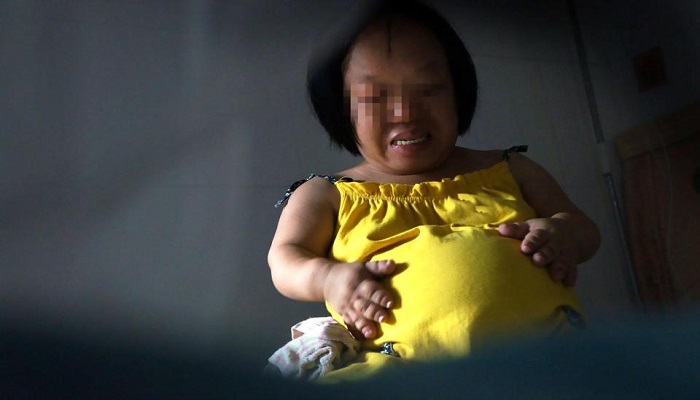
Wei Chunlan, 31, and her husband are getting ready to welcome their first child. Her unnamed husband towers above her, with dwarfism sufferer Chunlan standing at just a little over three feet tall. The happy couple – who were pictured looking excited as they met medics – told that they felt “blessed” to be expecting a baby.
But their happiness comes in spite of a raft of dangers faced by women with dwarfism who become pregnant. Chunlan is more likely to have to deal with health complications such as breathing difficulties during her pregnancy. Expectant mothers with dwarfism almost always have to give birth by caesarean section – though they can usually go almost all the way to full-term before undergoing the procedure.
It is also usual practice to give women with the condition a general rather than a local anaesthetic for caesareans, which itself presents a slightly higher risk of medical complications.
And there is a 50 per cent chance the couple’s baby will also suffer from the condition, which is caused by a dominant gene in Chunlan. Women with dwarfism are known to have a higher incidence of gynaecological problems, according to a 2005 study. The study also found babies born to women with the condition had a higher risk of stillbirth – though cases of this were less well documented.

Post Your Comments